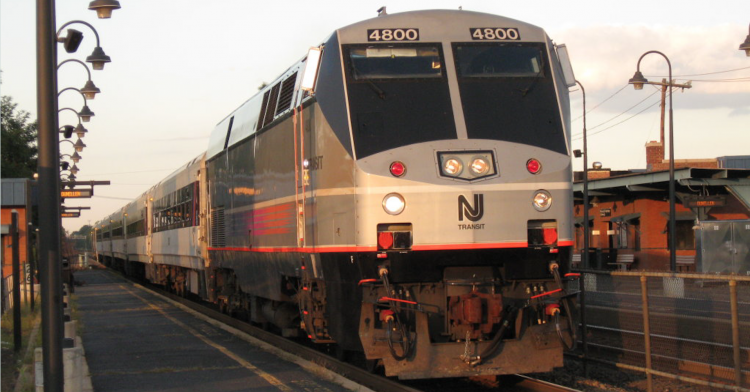
- Legislative Priority: Adoption of a low-carbon fuel standard centered on environmental justice.
- Budget Priority: Creation of a dedicated, stable source of funding for NJ Transit to establish a sustainable, reliable and affordable public transit system in the Garden State.
Why is this on New Jersey LCV’s Common Agenda?
The transportation sector is the single largest emitter of greenhouse gasses (GHG) in New Jersey by sector, accounting for approximately 42% of the state’s total GHG emissions, according to New Jersey’s Global Warming Response Act 80x50 Report. It is vital for us to reduce overall emissions from our transportation sector to mitigate against climate change and reduce harmful localized air pollutants in our communities, which is why we support reduction of emissions through sustainable, reliable and affordable public transit; transportation electrification; and incentivization of lower-emitting fuel types as we move toward a fully electrified, zero-emission transportation sector.
A fair and strong economy in New Jersey depends on a functioning, sustainable public transit system that ensures affordable access to jobs, education and healthcare options for all residents. Yet, NJ Transit has been underfunded for decades, and with no dedicated source of funding, NJ Transit has been funded through annual raids to the Clean Energy Fund, but not without budgetary shortfalls. NJ Transit is facing a fiscal cliff of $1 billion dollars by 2026, which will result in rate hikes, layoffs, cutting stops and routes, and a halt to implementation of innovative plans, including NJ Transit's sustainability plan and additional efforts on electrification. This unfairly places the burden of change on those who can least afford it and could increase car congestion and pollution. New Jersey LCV supports the creation of a dedicated, stable source of funding for NJ Transit to establish a sustainable, reliable and affordable public transit system in the Garden State.